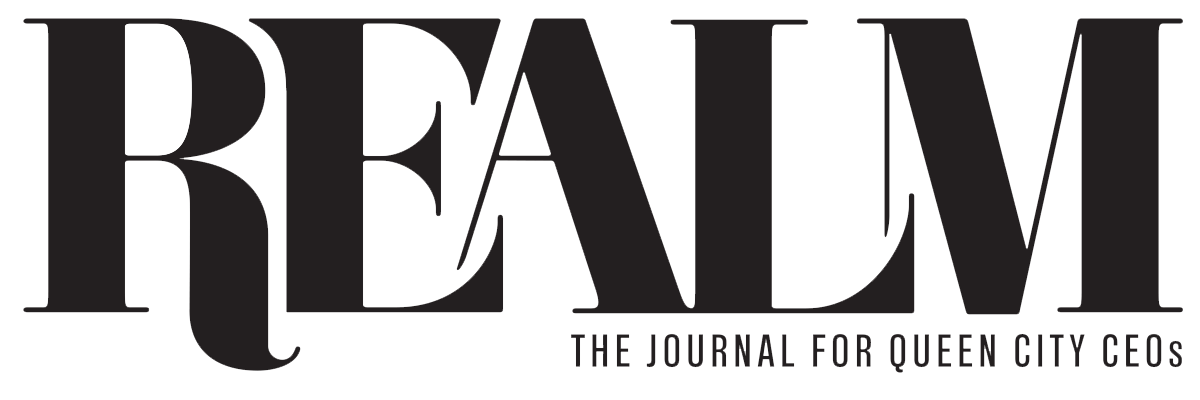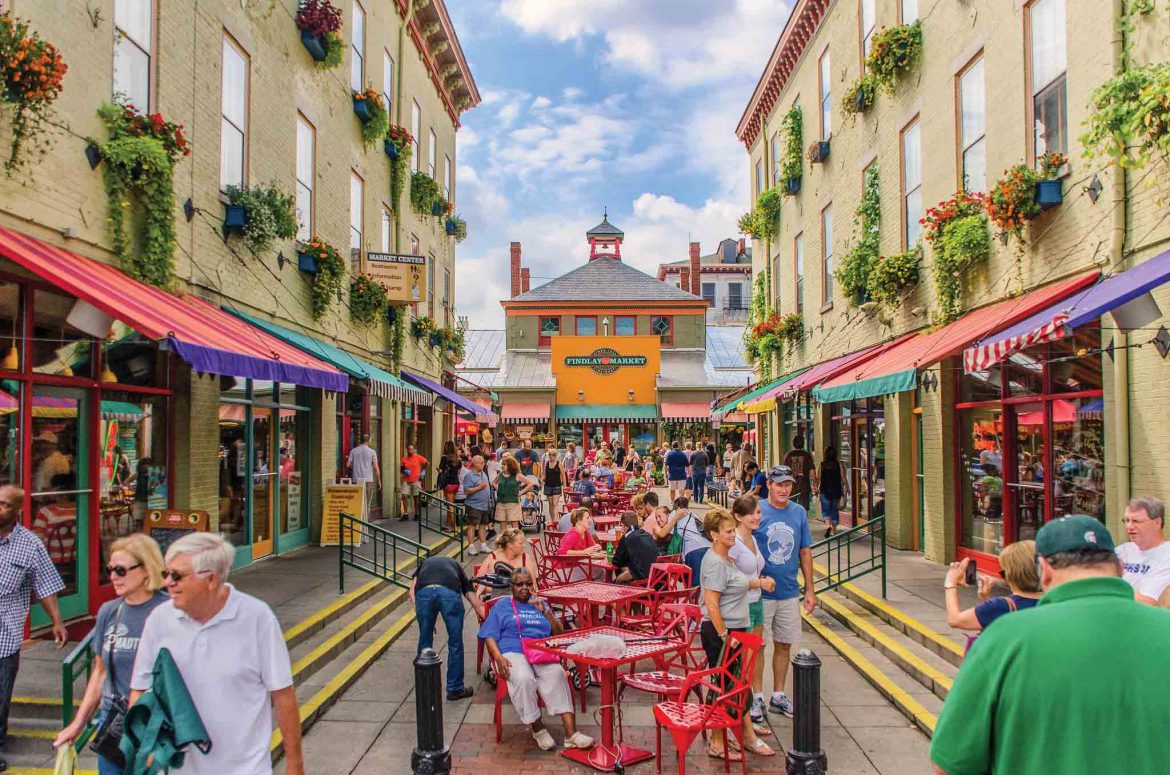Few Cincinnati places go back as far as Findlay Market. In the 1850s, you didn’t just go for the food, but for political meetings, voting, and rallies for the volunteer militia, among multiple reasons.
Founder James Findlay likely wouldn’t recognize the bustling multi-location market it’s become. As many as 522 total businesses are located in Findlay Market, have started in or participated in a Findlay program, or scaled out of Findlay Market into stand-alone locations, according to a new report, Economic Impact of Findlay Market. The operation had $1.1 billion in economic impact in the five-year period of 2018-2023, supporting 4,175 jobs and $241 million in earnings.
While many of us know that Jane’s is the best place to grab a drink after work or where to buy real bacon for a family brunch, we might not fully realize the extent of the market’s impact on the local economy and business scene, says Kelly Lanser, president and CEO of the Corporation of Findlay Market. The city’s last remaining public market is one of Cincinnati’s top five attractions, receiving 1.2 million visitors annually.
“Findlay Market is so much more than just a collection of shops. It’s an economic and cultural center that helps drive the vibrancy of our urban core,” Mayor Aftab Pureval shared in the report, which was prepared by the Cincinnati Regional Chamber’s Center for Research and Data. “Findlay Market is inextricably tied to our history, our future, and our identity as a city.”
Lanser calls Findlay Kitchen, Findlay Launch, and Findlay Learn the market’s core programs. Kitchen is a food business incubator program, Launch provides a brick-and-mortar storefront to new business concepts for 15-month periods, and Learn teaches how to run a small food business, including legal, HR, and brand identity aspects. The report found that 95 percent of Kitchen participants and 100 percent of Launch concepts are minority-, women-, or immigrant-owned businesses. “All of these things are helping teach people the business side of running a food business,” Lanser says. “Running a small business is the hardest thing anyone can do.”
Her goal is to have two-thirds of the market remain fresh foods, a difference from some other public market models with an increased focus on prepared foods. “That’s fine for them, but that’s not what Findlay Market is,” she says. “It’s fresh food for everyone, which is why we have multiple butchers, cheese mongers, etc. We want price points for everyone who shops here.”
The report projects $483 million in economic impact from 2024 to 2026. The market is launching a $21 million capital campaign to update historic infrastructure, expand its produce prescription box program, build an online curriculum, create an operations center, and more. “People recognize the market as a cultural hub, but my hope is people will recognize Findlay Market as the economic engine that it is,” says Lanser.



